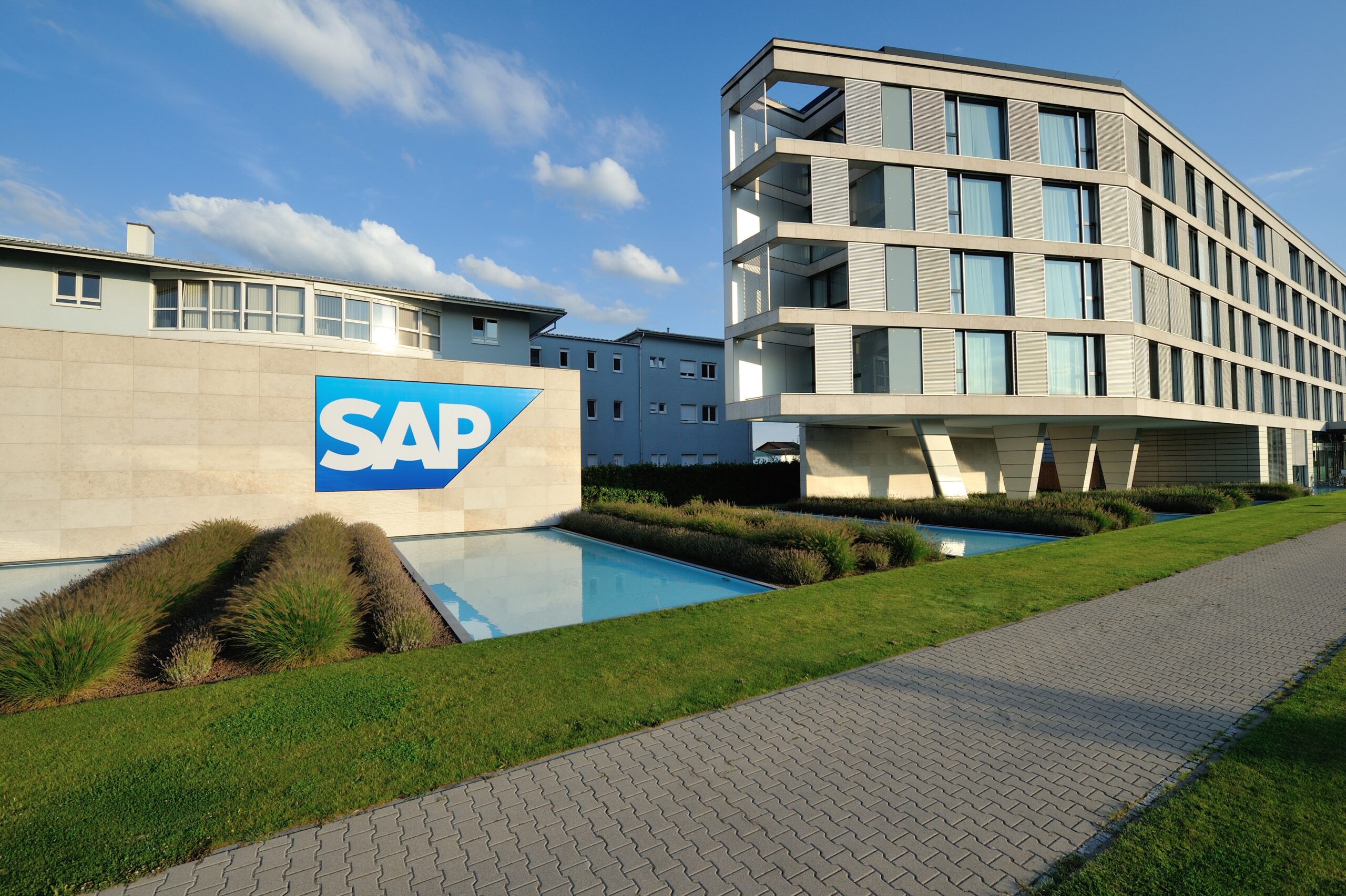Databricks gains increased enterprise visibility with SAP partnership

SAP is a company with a ton of valuable business data, and if you haven’t heard, business data is a key to building effective generative AI applications on top of large language models. As one of the leading ERP vendors, SAP is sitting on a goldmine of financial, HR, procurement and other key business information. The trouble is it’s traditionally been complex, expensive and challenging to get that data out of SAP repositories and put it to work.
That’s why last week’s announcement that SAP and Databricks were partnering has to be so exciting for the large companies who do business with SAP. With SAP Databricks, as the solution is called, customers can move the data from SAP into a modern cloud data lakehouse and begin experimenting and building applications on top of that data – and the goal of a data repository like Databricks is always to put it to work.
It’s worth noting that the Databricks partnership is part of a larger cloud-native SAP data solution called SAP Data Cloud that according to the company, “unifies all SAP and third-party data throughout an organization, providing the trusted data foundation organizations need to make more impactful decisions and foster reliable AI.”
As we’ve written here recently, generative AI has changed the very nature of how we think about data, and it’s important to identify your most important data and get it in shape for use in large language models. SAP certainly fits that bill as important data.
Everybody wins
Holger Mueller, an analyst at Constellation Research says everybody wins with this deal – customers, SAP and Databricks. Let’s start with the customers, who have had to jump through hoops up until now to move their data from SAP into modern big data repositories.
“For the first time, customers get an out-of-the-box, SAP-supported partnership with Databricks to put SAP data in a lakehouse, which moreover is supported by SAP to continuously provide data into that,” Mueller told FastForward.
Stewart Bond, an analyst at IDC agrees, saying the partnership brings simplicity where there was once complexity. “When we think about what it takes today to get data out of SAP and into a data science platform or a machine learning platform or a data lake or data lakehouse, there's a lot of different pieces and moving parts that come into play there, and that can make it really challenging for their customers. This partnership gives them a more streamlined way of getting the data out that’s less error prone and more effective for them,” Bond said.
Databricks gets increased credibility
Even though Databricks is a mature startup with a valuation of over $60 billion, it is considerably smaller than SAP, a global powerhouse with a market cap of over $350 billion. Databricks can surely benefit from having a company like this selling their product on their behalf, making it even more valuable before it eventually goes public.
But Databricks CEO Ali Ghodsi says, a partnership has to work for both sides. SAP is looking for innovation, while Databricks is looking for greater access to large enterprise customers. Both companies should get what they want out of this deal. Ghodsi, whose company made a similar deal with Microsoft some years ago when it was much smaller, says you have to make sure the deal works for everyone.
“If the bigger company imposes its will on the smaller company, it actually makes the smaller company less innovative, which then hurts the bigger company, which was hoping to get all this innovation out of the smaller company. So we've taken all those lessons from over the years, and we've improved the partnership with Microsoft over time, and [brought those lessons] to the SAP partnership ,” Ghodsi said.
SAP gains Databricks' innovation
As for SAP, Walter Sun, the company’s global head of AI says that it’s about data access and large language models. “The goal is that we get more data access and bring more insights, which in turn brings more value to the customer,” Sun said. He says when you combine this with the library of 30 large language models SAP is providing, Databricks give data scientists a way to experiment and build applications on top of that data.
Ultimately, this is a great opportunity for both companies. Databricks gets the clout of a worldwide enterprise powerhouse, and if nothing comes of it, nothing ventured, nothing gained. But if SAP becomes a lead gen engine, it will help accelerate the company’s growth.
SAP gets the power of a modern data storage repository sold as part of a larger cloud data solution to help laggard customers modernize their approach to data,. Overall the stakes are probably higher for the ERP giant, looking to keep its data front and center in the generative AI age, but both companies stand to gain from working together.
Photo courtesy of SAP.





